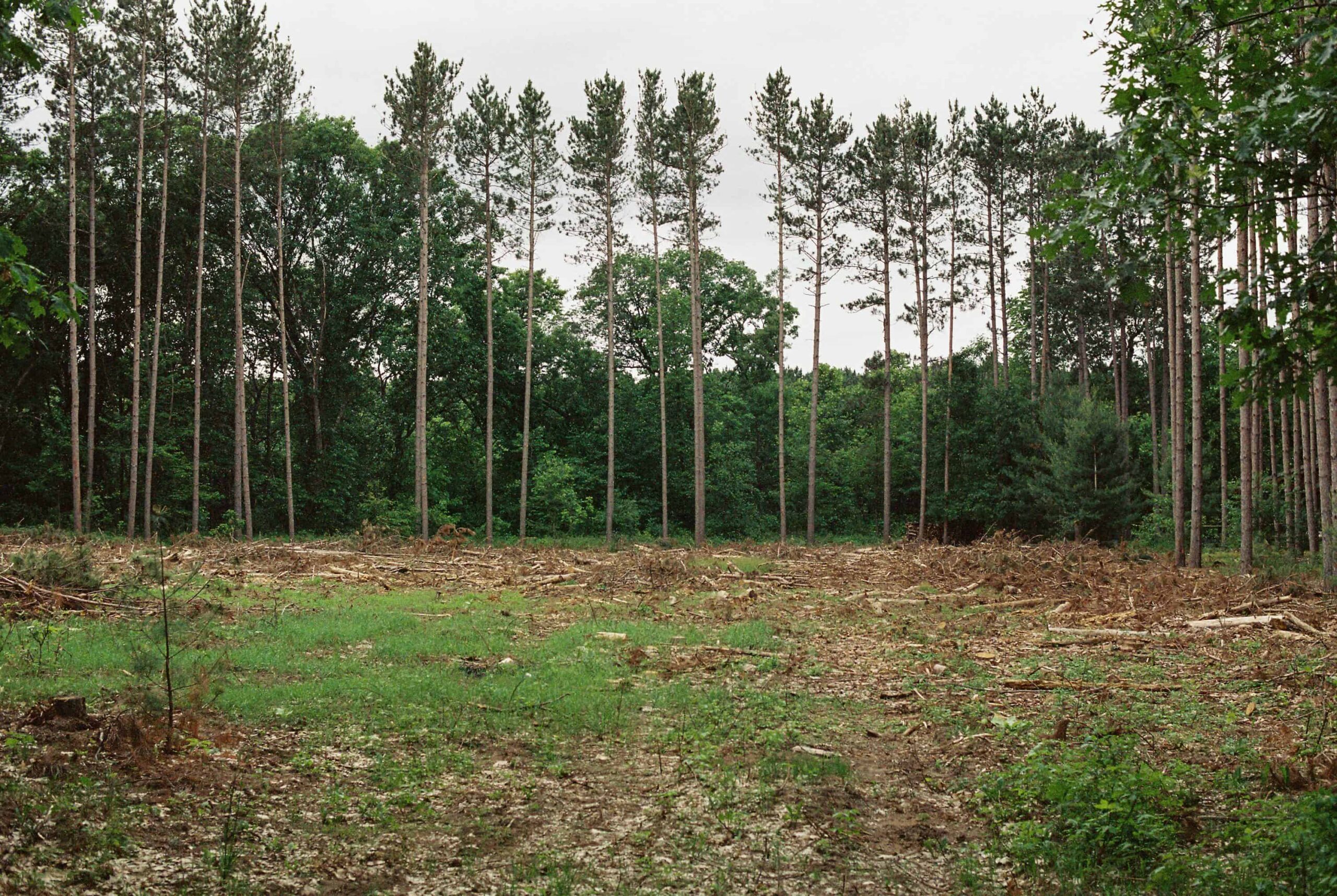Are you dreaming of building your own home in a place that’s calm, captivating, and within a whispering distance of the modern world? Here lies a gem you may have passed without notice: Rapid City, South Dakota. If you’re a builder or a hopeful homeowner tired of cookie-cutter neighborhoods and overpriced land in overcrowded markets, Rapid City might just be the next page of your story, the beginning of a new chapter waiting to be written. And no, this isn’t just some vague “flyover state” pitch. This place offers value, space, stunning scenery, and new opportunities—the kind that’s drying up in most other parts of the country.
Before you call your real estate agent or consider professional help, know that buying land here isn’t a random weekend decision. It requires planning, budgeting, and a bit of homework—but the payoff is truly worth it. This guide shows you what’s important to both developers seeking investment opportunities and people mapping out their dream home. And if you’re already browsing land for sale in Rapid City, you’re on the right track.
Why Builders and Dreamers Are Turning to Rapid City
Most people don’t wake up thinking, “I need to move to South Dakota.” However, those who are seeking a treasure often find that Rapid City offers what other places can’t. Its affordability, freedom, and space are three things that are considered in the checklist of many when looking for a place to live or invest. Rapid City’s commercial real estate reflects all three—yet these qualities are vanishing fast in the rest of the U.S. market.
Land prices in Rapid City typically cost around $6,000 per acre, depending on location and terrain. That’s incredibly reasonable when you consider the surrounding beauty of the Black Hills, the steady local economy, and the rapidly growing housing demand. Median land listings hover around $195,000, with plenty of variety from suburban plots to remote acreages.
Is there any catch? There really isn’t one. Just some things to watch out for before you buy.
Know the Terrain
What makes it even more special is the diversity of the landscape in and around Rapid City. This is what Rapid City, South Dakota is known for—one of many things. Here’s what you’ll find:
North and East of Rapid City – Generally flatter, easier to build, and closer to services like schools, shops, and healthcare. Great for families and those who want the balance between rural and city life.
Southwest (toward the Black Hills) – This is where the postcard views are. Expect more slope, trees, and rocky ground. It’s beautiful, but sometimes trickier and more expensive to build on.
Remote Areas – If you prefer total seclusion, it’s doable, but consider gravel roads, snow access, utility hookups, and longer drive times. Romantic in theory, rougher in practice. But it’s part of the experience.
If you are looking for the sweet spot, it can be found within 30 minutes of downtown Rapid City. This offers the best mix of convenience and lifestyle.
Budget Smart
You might get excited when you see an affordable plot, which is totally understandable. But don’t forget that the land is just one part of the equation.
Here’s a rough breakdown:
Land Cost: $50,000–$250,000 (depending on size, location, features)
Construction: $204,000–$360,000 for a typical custom home
Permits & Fees: $5,000–$15,000+
Site Prep: $10,000–$50,000 (grading, septic, driveway, etc.)
Utilities: Depends on availability; city hookups cost less than private wells or septic systems
Altogether, you’re likely looking at a minimum of $300,000–$450,000 all-in. On the brighter side, this is still cheaper than buying a teardown in most metro areas, and you get the benefit of designing every square foot.
Watch for Zoning, Floodplains, and Covenants
You find land you love. You buy it. Then you discover you can’t build what you want. Avoid the disaster that most buyers often get tripped up on.
Check the following:
Zoning Laws – Make sure the land is zoned for residential or whatever your intended use is. Some lots look rural but are locked into strict rules.
Covenants and Restrictions – Especially in subdivisions, these can limit home size, exterior materials, fence height, and even whether you can have chickens.
Floodplains – After the devastating 1972 flood, Rapid City has strict rules about building in certain zones, especially near Rapid Creek. Always check the FEMA flood map and city regulations.
Get a local builder or real estate expert involved early to help with this research.
Who’s Building in Rapid City?
The area is booming with new builds, but not in the high-volume, high-pressure way you see in cities like Denver or Phoenix. It’s more personal here. You can go with a builder who offers packages or find one who does true custom work—many of whom will build on land you already own.
If you check the listings, you can find over a dozen “build-on-your-lot” home builders in the area. Many offer design services, or you can bring your own architect. If you’re into energy efficiency or off-grid options, those services exist here, too.
The Big Question: Is Rapid City Right for You?
If you’re serious about building, Rapid City is definitely one of the best-kept secrets in the country. The affordability, open space, natural beauty, and strong local builders make it a goldmine for those who plan smart and move decisively.
But honestly, it’s not a place for everyone—no place is. If you need instant access to every amenity or don’t want to deal with winter snow, it may feel a bit rugged. But if you are willing to trade a little convenience for a lot of long-term value, Rapid City could be the utopia you’ve been looking for.
The land is here. The builders are ready. All that’s missing is your vision.

